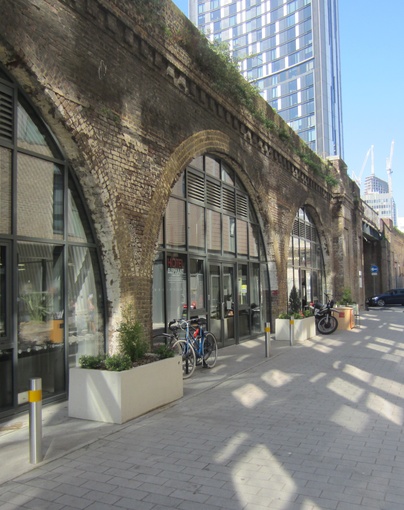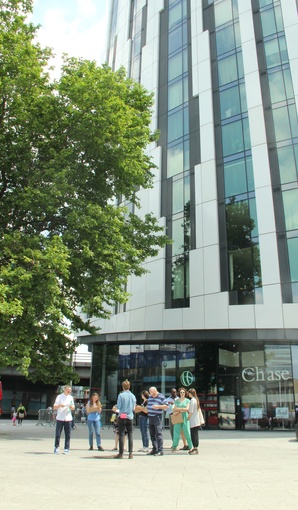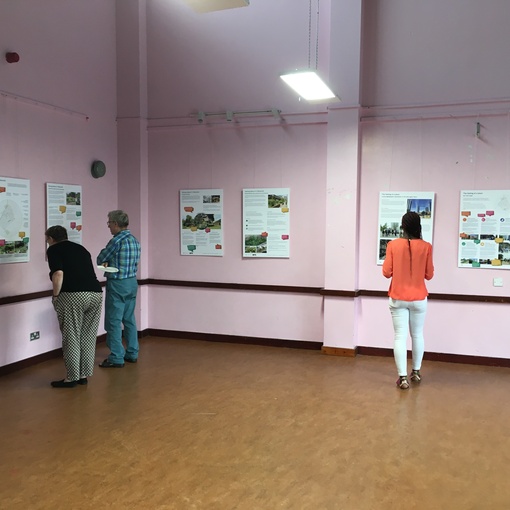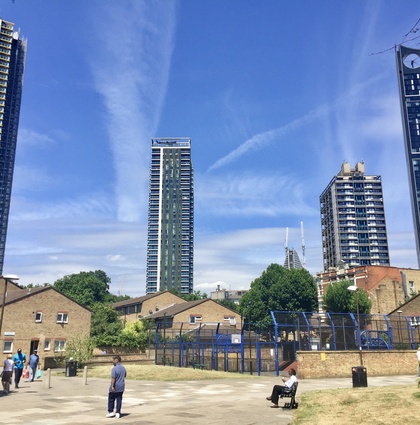
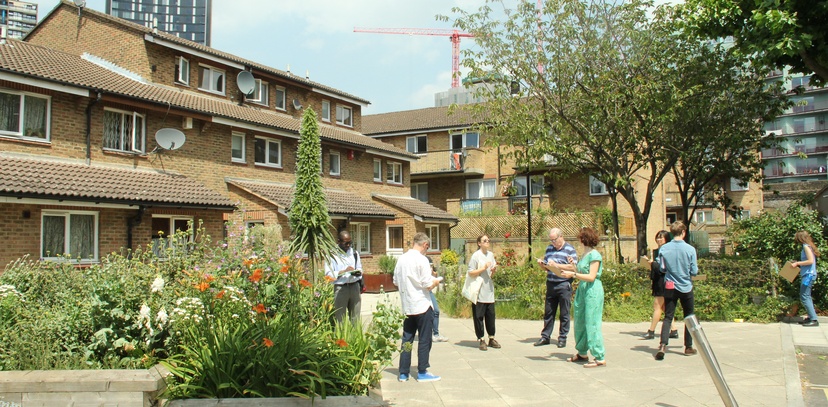
How can we get a better understanding of the relationship between places and the way they make us feel?
At this time, when London is changing so rapidly, it is important to understand why people respond well to some places and not to others.
Many Londoners report that their city is becoming unfamiliar to them. We think it is important to understand more about why people feel positive about some new buildings and street layouts, and hostile to others.
We therefore set out to look more closely at the relationship between places and the way they make us feel, culminating in a walk at the Unusual Suspects Festival.
Our focus has been on five different but connected places near Elephant and Castle in Southwark. Our office sits at the centre of these, in a corner of Elephant & Castle that is calm and stable, in comparison to the upheaval of construction in other parts of the area.
These five sites have acted as connector points for a walk we have facilitated five times with residents and visitors. At each stop we asked the participants a series of questions to capture data on how they felt about each place. We also carried out street interviews with passers-by at the same locations. In total we gathered data from 101 people, half through walks and half through one-on-one street interviews.
The five stops differ, from low-rise residential areas to areas with tall towers, and green spaces with intricate urban nature to places with no greenery. These different qualities impact on the way places make us feel.
When comparing the responses for each stop we could see patterns emerge. People who know an area well tend to be more positive towards it; greenery make us both more relaxed and happy; diversity (both in terms of use and people) opens up places and makes more people feel welcome and included.
While many of these results were predictable, there were some surprises. The Walworth Road, often seen as unremarkable, scored well and strangers to the area reported that they felt welcome there. A new street with a cafe and art centre scored similarly to a green space council estate.
Understanding the importance of spatial qualities can help us think more carefully about how to create better places for the future.
Participants, particularly people taking part in our walks, told us that our approach helped them think differently about being present at these places, allowing them to reflect on their emotional response After participating in a walk back in January, a former Hackney Councillor said: “This is something that every councillor and officer working at neighbourhood level should do. You think you know your patch, but take the time, stop, think and listen and I guarantee you’ll notice something different.”
So here is an encouragement: next time you go for a walk, be aware of your sense and what makes you happy in a place – maybe you will learn something new about your neighbourhood!
Who we worked with
Throughout the project we have had conversations with local community groups and residents associations, which has given us invaluable knowledge about the local area and the many interesting initiatives taking place.
We have also been collaborating with the Canadian Urban Realities Laboratory led by Prof Colin Ellard – specialists in urban environment and neurology. We have drawn on their methods to improve our understanding of the relationship between urban design and human psychology.
You can read more about what we found here.
